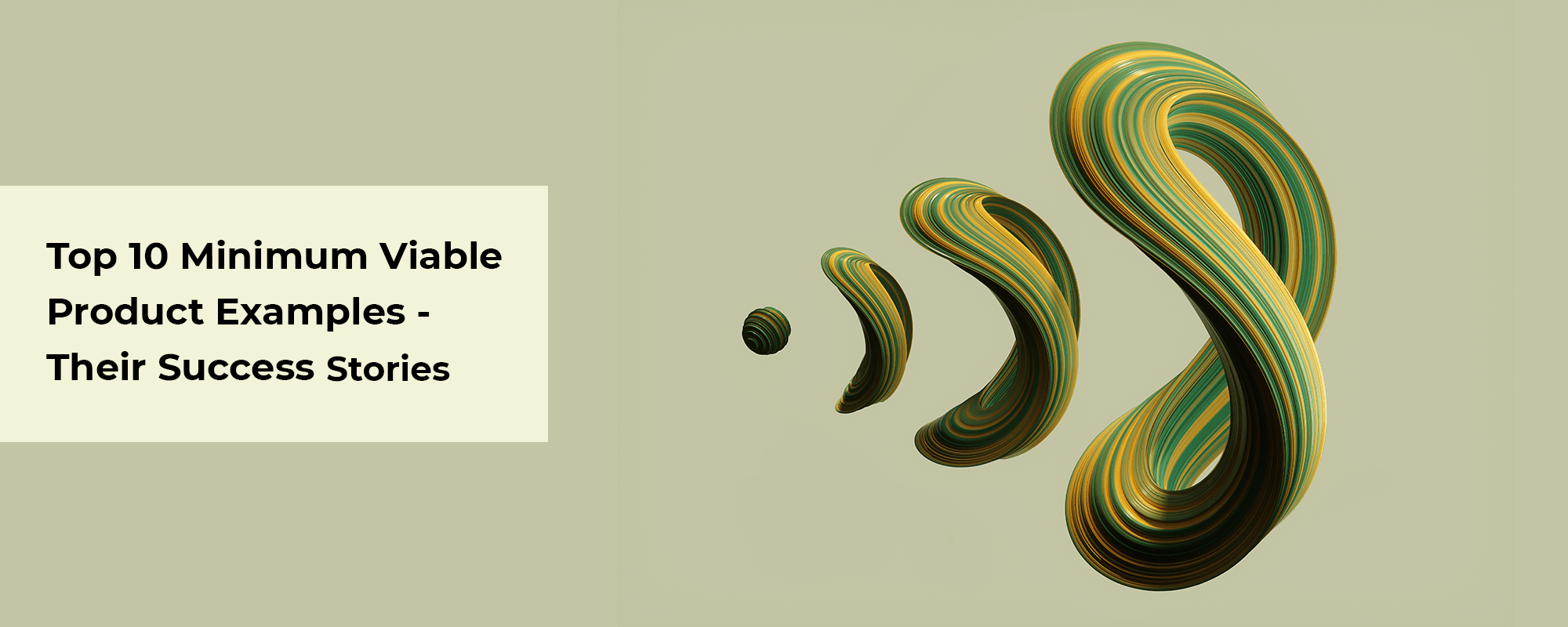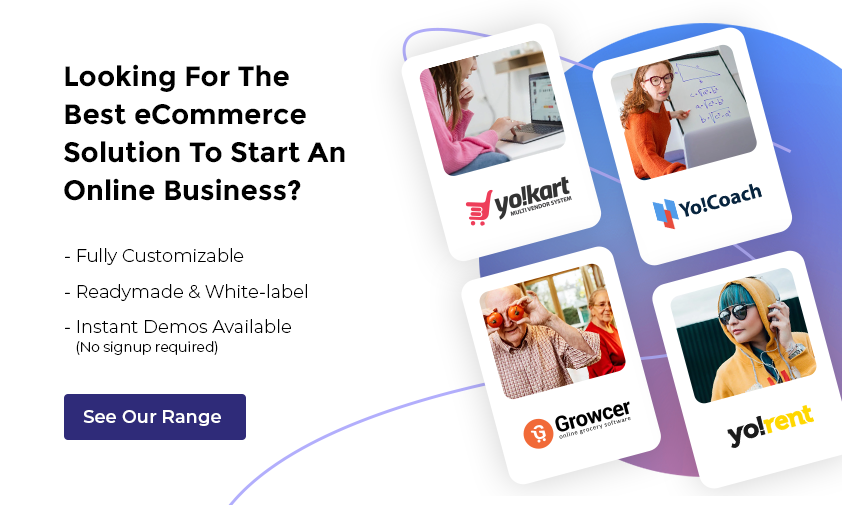Last Updated: March 18, 2024
In the co-evolving dynamic ecosystem where the emphasis is on nimbleness and speed, ventures are investing in minimum viable products by immediately eliciting feedback from first-time users. After an initial launch, the MVP is revised and the improvement cycle starts all over again – testing, redesigning offerings, and making adjustments in small (iterations) or substantive ones (pivots) to validate the idea.
But new ideas are often few and far between. This means that the hypotheses that are summarized in a framework (business model canvas) are usually based on details or nuance, for example, a new feature or functionality. So, it becomes essential for startups to be perceived as truly distinctive, for which they can evaluate and refine their offerings iteratively by harnessing the information gleaned from first-time users.
As compared to full product development, building an MVP is a better approach for startups as its time to market is less. The huge amount of money that’s otherwise unreasonably spent on non-essential things is also curbed. With MVP software development, businesses can scale at their own pace.
With that in mind, in this blog, we have covered the MVP examples of businesses, who instead of developing a product in a regular insular fashion, launched lightweight and readily adaptable versions and went on to become the successful giants they are today. But first, let us take a look at why you should build an MVP, then its types and more.
Why Build an MVP?
MVP helps you better time the market, draw up initial demand, take cues for future development of the product from initial users and get to market faster. It can also help reduce overall product development costs and attract investors who want to see a viable product instead of just an idea.
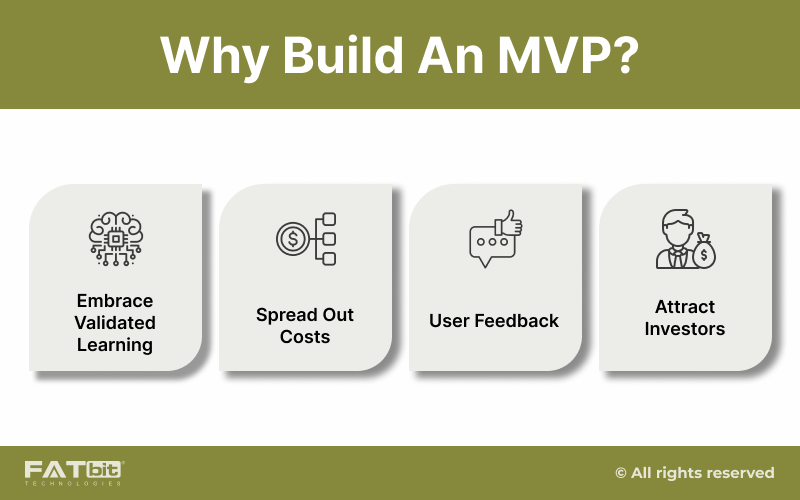
Types of MVPs
Before moving on to examples, there are also various types of MVPs that you should have a look at. While one type of MVP may be useful for a company, it can be of no help to the other. Thus, after understanding the business model and defining your requirements, you can decide what type of MVP will be the most suitable for your business:
Concierge MVP
In a concierge MVP, the users are manually helped to accomplish their goals as a means of validating whether or not they have the need for what you are offering, and building a product is not even necessary. In other words, the users are manually guided through the solution to a problem.
Wzard of Oz MVP
This type of MVP is one of the most effective and fastest ways of testing hypotheses as to whether the proposed solution will create value for customers or not. In other words, the Wizard of Oz MVP creates an illusion of a functional product and can be used for several MVP ideas.
Landing Page MVP
A landing page MVP lets you test the product idea and can help you in deciding whether to build an initial version of the minimum viable product or a different version than the intended version is to be created. It lets interested users join a mailing list or simply lets them click to buy now.
Email MVP
Creation of an email takes less effort than it takes to build a product or even a feature. If you have existing customers, then you can begin by creating and sending emails manually to check if the response to the email is favorable. If you observe that users are reading the mail but are not clicking on call-to-action buttons then it can be concluded that the offered value proposition is not attractive.
Piecemeal MVP
An MVP is a very basic and simple version of the end product, with no finalized features or form. Due to this, it makes sense to develop an MVP using the tools and materials that you already have. Such a kind of MVP is known as a piecemeal MVP. Here, an MVP is prepared using all existing resources instead of developing everything from scratch.
Single-feature MVP
Going to a micro-level, a single-feature MVP is used to test and validate the demand for independent features in a product. It is useful at stages where entrepreneurs want to introduce some new features or test the reliability of third-party integrations.
Test Your Business Idea with MVP Software Development
Successful Minimum Viable Product Examples
For inspiration and learning, here are stories of successful startups that once started as MVPs:
1. Amazon
The well-known, custom-multipage shopping destination for individuals is one of the most successful examples of a minimum viable product that made it big. Though very few people might know that Amazon once started as an online bookstore in the early 1990s. At that time people did not trust the internet and having an online store of ‘everything’ was just not possible. But, Bezos (the founder) had a vision of building a massive empire. He read a report stating the annual growth of web commerce in the immediate future would be 2,300 percent upwards. So, he started by creating a minimum viable product.
The first phase of development included streamlining top 20 products that could be effectively marketed on the internet which were further narrowed down to 5. But, Bezos eventually landed on books as the most marketable product online. The decisive factors included – price, several titles that could be sold, and high demand for books all over the world. So he started by buying books from the distributors and selling them at a lower price angle through a simple website. While most entrepreneurs would have invested in a fully functioning store. Bezos operated frugally and tested his idea through a simple website (MVP).
With the surge in the order of books online, more books were listed. The MVP was great and continual innovations over the next two decades were done to expand the product offerings. A comprehensive list of features was added to the website and a warehouse was also acquired. Currently, Amazon is the retail leviathan and has surpassed many eCommerce giants for the title of world’s largest retailer (outside China).
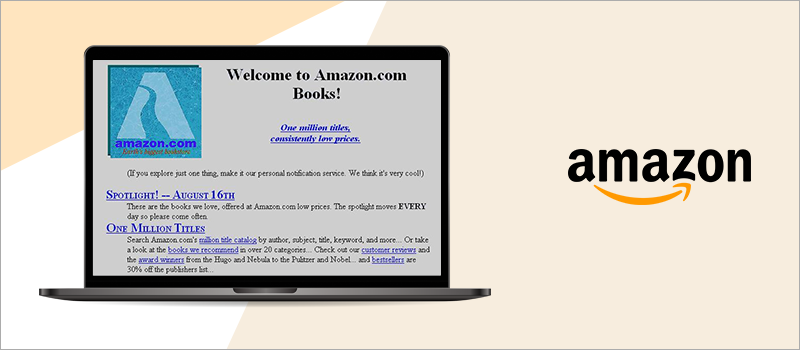
Explore post to know to build website similar to Amazon
2. Turo
Turo, the world’s most popular P2P car rental platform was launched by Shelby Clark, Tara Reeves, and Nabeel Al-Kady in 2009. The idea of launching the business came into Clark’s mind when he was biking through icy streets to rent a car about two miles away. On the way, he saw many unused parked cars that made him think why don’t people rent those cars? After some research, Clark found that insurance was the primary problem.
It took the trio 18 months to resolve the problem and they finally launched their business under the name of RelayRides. However, the business soon faced a challenge from cab booking services like Uber and Lyft, as they soon capitalized on the daily rental model after the launch of RelayRides. In an attempt to increase their business, RelayRides expanded operations to San Fransisco and received a major boost.

Later on, as the company grew, it acquired many small car rental companies and even rebranded itself to Turo in 2015. Today, Turo has a full-fledged P2P car rental marketplace with a community of over 10 million users. Turo’s fleet size includes over 350,000 vehicles in diverse categories including luxury, sports, and even pick-up trucks. The estimated annual revenue of Turo in 2024 is around $900 million.
However, it is also worth noting that there’s no other P2P giant in the car rental industry, meaning there remains scope to enter the industry with your own P2P car rental marketplace like Turo and replicate its success.
Need a Readymade MVP for your Car Rental Business?
3. Dropbox
Founded in 2007 by MIT students Drew Houston and Arash Ferdowsi, Dropbox is a fantastic file-hosting service that currently provides customers with extensive cloud features like personal cloud, client software, cloud storage, and file synchronization. When the founders came up with the idea for a cloud-based file syncing service, they realized that building an actual hardware infrastructure would be incredibly time-consuming and expensive. So they followed a scaled-back approach to test the idea and made a simple video (as the MVP) that told prospective investors what the product would provide to customers once it was created and launched.
Despite being simple, the video was highly successful and encouraged over 70,000 signups from people curious to learn more. The feedback provided was also pivotal to building and developing Dropbox to what it is today. They also reverse-engineered Apple’s finder system to introduce their own icon onto the top dock. Intrigued, Steve Jobs also offered to acquire the company. Despite multiple opportunities to sell the company in early stages, Dropbox has displayed a stunning ascent with its founders solving the messiest dilemma: “How do you get all your files, from all your devices, into one place?” Currently, the site offers 100GB of storage for a base subscription of $10 per month and its 50-million user figure is also up by threefold.
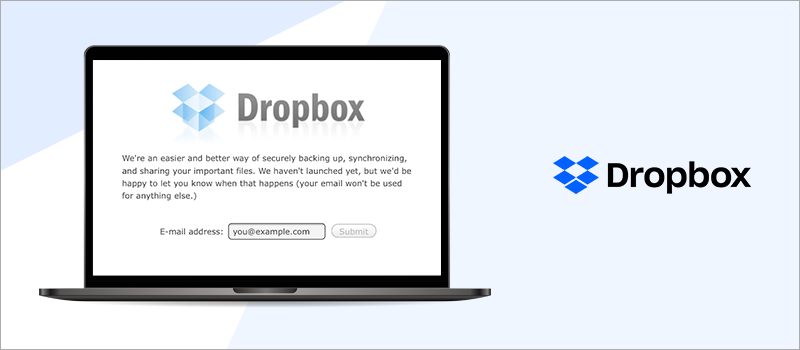
4. Foursquare
Started as a single featured MVP in 2009, Foursquare is a location-based social network. Earlier in the day, it allowed users to check-in from different locations, share with their friends and family, and in return, they won badges. There was no special functionality or sophisticated design, only that gamification made people excited about using the service. This made the product increasingly popular and as you know, now Foursquare is a comprehensive city guide that is used worldwide to look for hotels, restaurants, places for entertainment, and more.
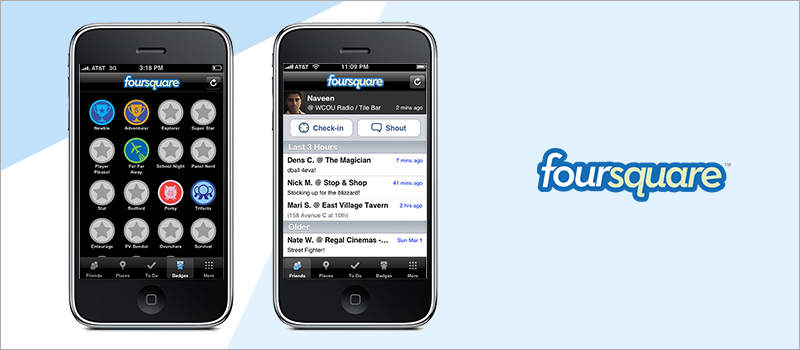
5. AdWords Express
Adwords express is used to generate relevant ad copy for customers. From the start, its process appeared to be automated. But, on the back-end, a group of students would quickly type ads and deliver them to the customers. When it became obvious that people wanted this service, the process was fully automated and AdWords Express was further developed.
6. Groupon
Founded in 2008, Groupon was a piecemeal MVP that promoted services offered by local businesses and offered deals that lasted for a limited time through a simple WordPress website. The concept was simple; if visitors wanted to avail themselves of a few coupons, they would subscribe and the team of Gropoun would mail coupons in PDF format. Quickly Groupon amassed an email list of customers who engaged with the site and got the data that was needed to create a full Groupon website that exists today – A hugely successful platform that operates globally.
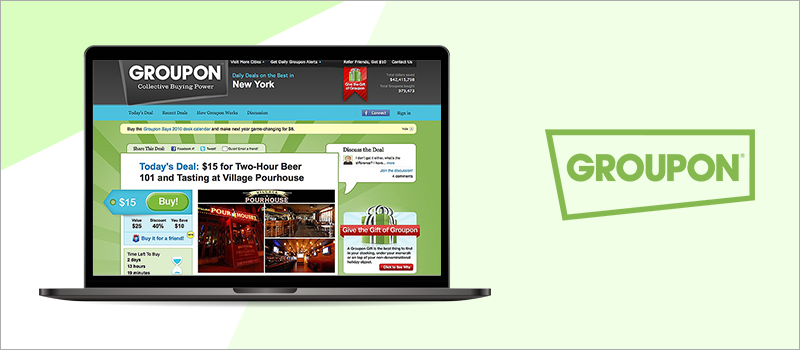
7. Instagram
The MVP of Instagram allowed users to just share photos and apply filters, initially allowing Kevin Systrom, the founder to see if the market approved of the product. The application was liked by users and since then, all the incredible features we see today – messaging, business profiles, stories, live telecast, tagging, hashtags, and much more have been a part of Instagram’s amazing success story. Globally, there are 1.074 billion Instagram users now.
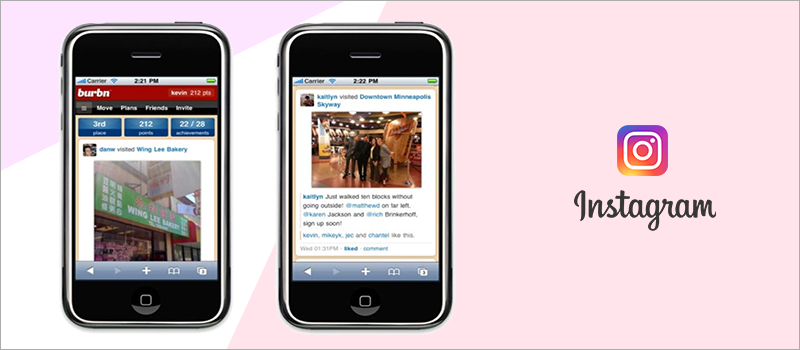
Gain Insights on Unspoken Customer Needs Through an MVP Development Company
8. Facebook
The popular social networking site Facebook was founded by Mark Zuckerberg in 2004. The basic MVP idea was to connect students of Harvard. Using the platform, users were able to post messages on board and the idea proved popular enough to expand the platform with more complex features. Mark ultimately evolved Facebook into what we know today.
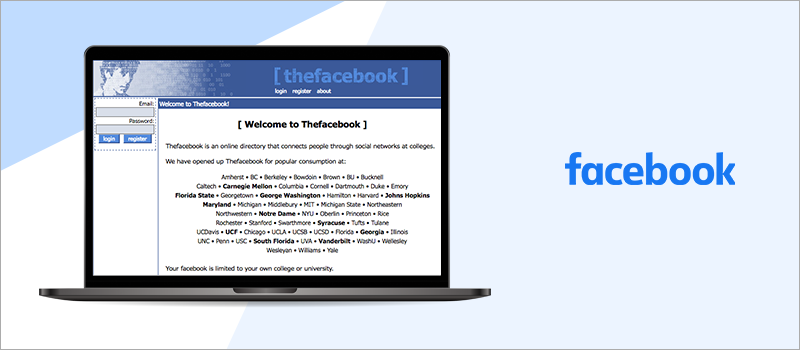
9. Zappos
Zappos, a popular online retailer that started in 1999 as a simple MVP to determine if an online store of shoes would be popular, i.e. if anyone would purchase shoes without trying it on first. Nick Swinburn, the founder, created a simple website under the domain of shoesite.com and identified the market viability of the product. Needless to say, the MVP was successful and in 2009, Amazon acquired Zappos for a staggering $1.2 Billion. Since then, the platform has been growing incredibly, bringing more than $1 Billion of sales each year. Today, they sell shoes as well as clothing, accessories, and more.
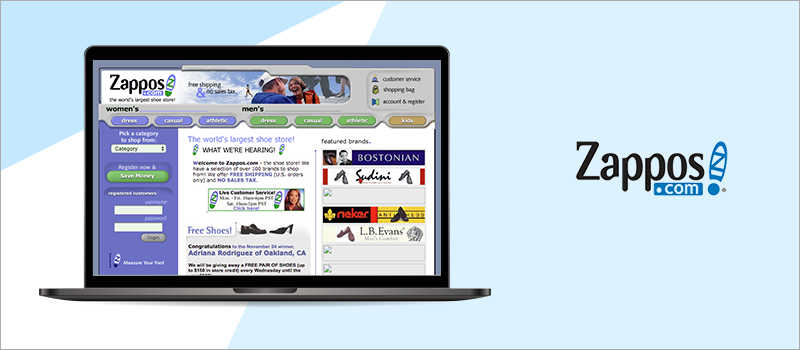
10. Airbnb
Airbnb started as a simple site in 2007 when Brian Chesky and Joe Gebbia were struggling to pay the rent of their accommodation in San Francisco. As a solution, they thought of renting the top floor of their apartment to the visitors. As an MVP, an ad about renting an air bed on a basic web page was placed. It consisted of their housing pictures and soon they had three guests. The idea was proven and the platform was redesigned. Today, Airbnb not only offers accommodation but also provides its users with a list of restaurants, events in the cities of their destination along with feedback and ratings. What was once a startup is now valued at 30 billion dollars with 4 million listings.
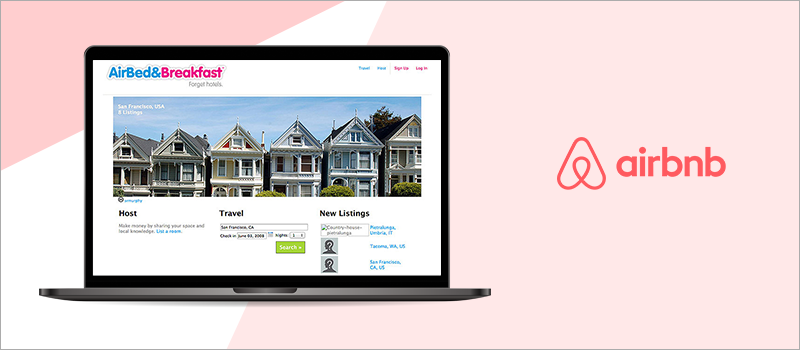
11. Food on the Table
Is a perfect example of a concierge MVP. It sends users recipes and deals from various stores so that they can save money while considering their choice. The founder team initially had only one customer to serve and he got a concierge treatment. Instead of interacting with a digital app, the company’s CEO, Manuel Rosso, would personally visit the client weekly. So on, for early customers, the founder together with the VP would review what would be on sale in stores and based on the client’s preferences select the recipes. The products would be delivered to the homes of the users weekly, soliciting feedback. The process was automated once the model became viable.
Selecting the Best MVP Development Company – Points to Consider
Now that we have learnt about the various types of MVPs and have also looked upon a few examples of successful MVPs, let us discuss the points to consider when choosing an MVP development company as it can make all the difference in turning your idea into a reality. Further, the right MVP development company can help create an MVP that is compatible with all of your requirements swiftly and effectively. The three pivotal factors to consider include:
Check the Portfolio and Experience
A company’s portfolio depicts its work in action. It allows you to check if the company has done something similar in your domain and also helps in gauging the level of experience and quality of the work. You can also check the reviews.
Assess the Technical Expertise
The technical expertise of the development team of the company will play a vital role in the success of the MVP. Hence, you need to check if the company keeps up with the latest technological advancements, adheres to the best documentation practices and meets the coding standards.
Evaluate Communication and Collaboration Skills
Good communication skills are key to an effective working relationship. Be aware of how the team communicates, whether they are responsive or not. Any challenge in communication can lead to complexities in the development of the MVP. Hence, it is wise to partner with a company that maintains transparency in its work and communication.
Price
Pricing can be a major deciding factor for startups. Make sure to ask the company representatives for clear pricing. It should neither be too low nor too high as compared to what other companies are offering.
Why Consider FATbit Technologies?
FATbit Technologies embarked on its journey in 2004 and has spearheaded several MVP development projects for businesses of all sizes enabling them to achieve the desired success. With 17+ years of experience, the company has gained valuable experience that is needed by a business to gain traction to achieve its goals and can help in finding errors for faster wins through its services for MVP development.
Working with FATbit Technologies means partnering with a team of multidisciplinary experts who go above and beyond to meet the needs of the business. Moreover, the company provides proactive technical support for a seamless user experience. To see the portfolio of FATbit, visit.
Conclusion
In an ever-changing market, the fallacy of having a perfect business model has been replaced by MVP software development. It significantly de-risks the investment of building a fully baked product and lets startups focus on quick adaptation to market via product validation. Also, as mentioned above, most successful MVPs don’t stay startups for long. So, if you are an entrepreneur who is on the frontier of innovation and is looking for MVP software development services, contact FATbit Technologies.
Start your MVP Development Journey with FATbit Technologies
FAQs
Q1. How does an MVP help in validating a business idea?
There is no one-size fits all solution but MVP development helps in validating a business plan as it follows the approach – “Build-Measure-Learn.” Rather than assuming, you build MVP, gather feedback and measure how the target audience is responding. The loop continues till the product is able to meet the market demands.
Q2. What are some common mistakes to avoid when developing an MVP?
A few common mistakes to avoid when developing an MVP include:
- Feature Overload
- Inadequate product strategy
- Oversized development team
- Too much feedback
